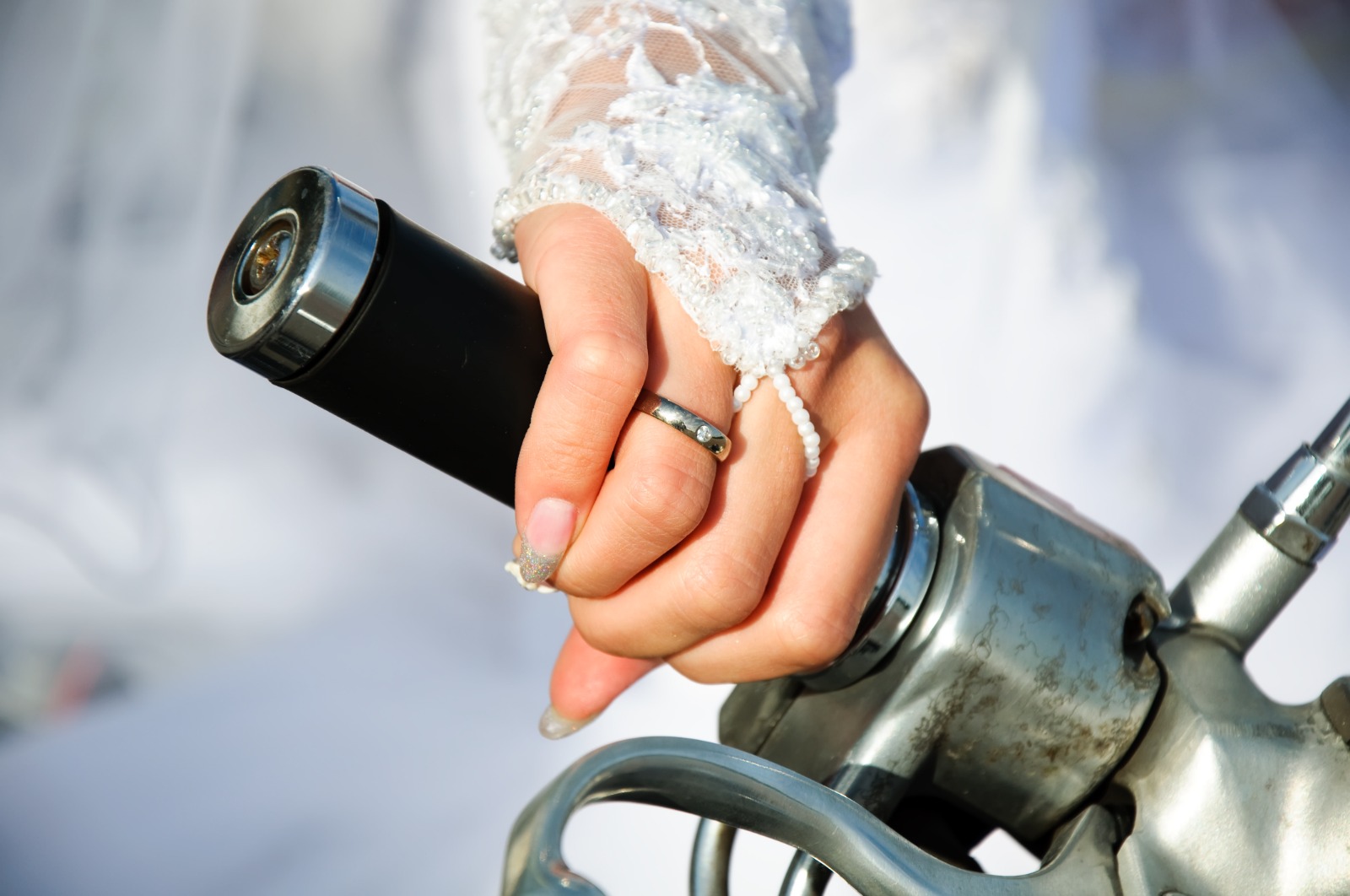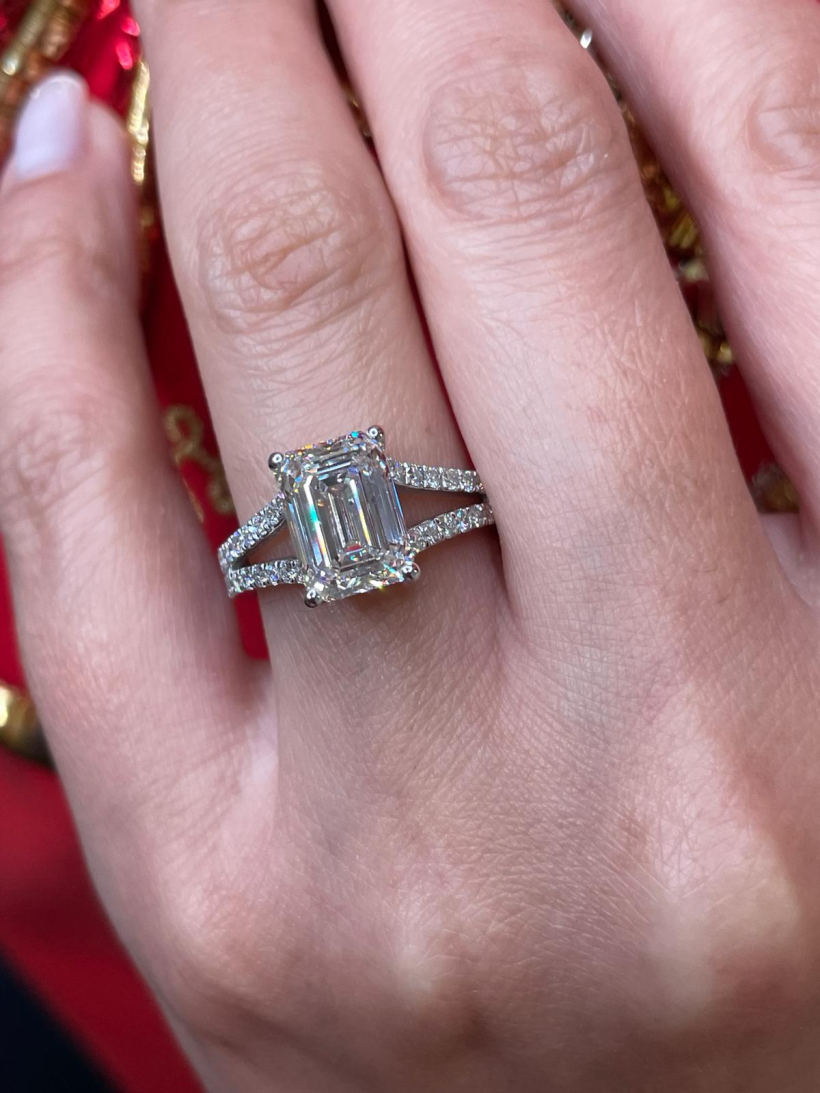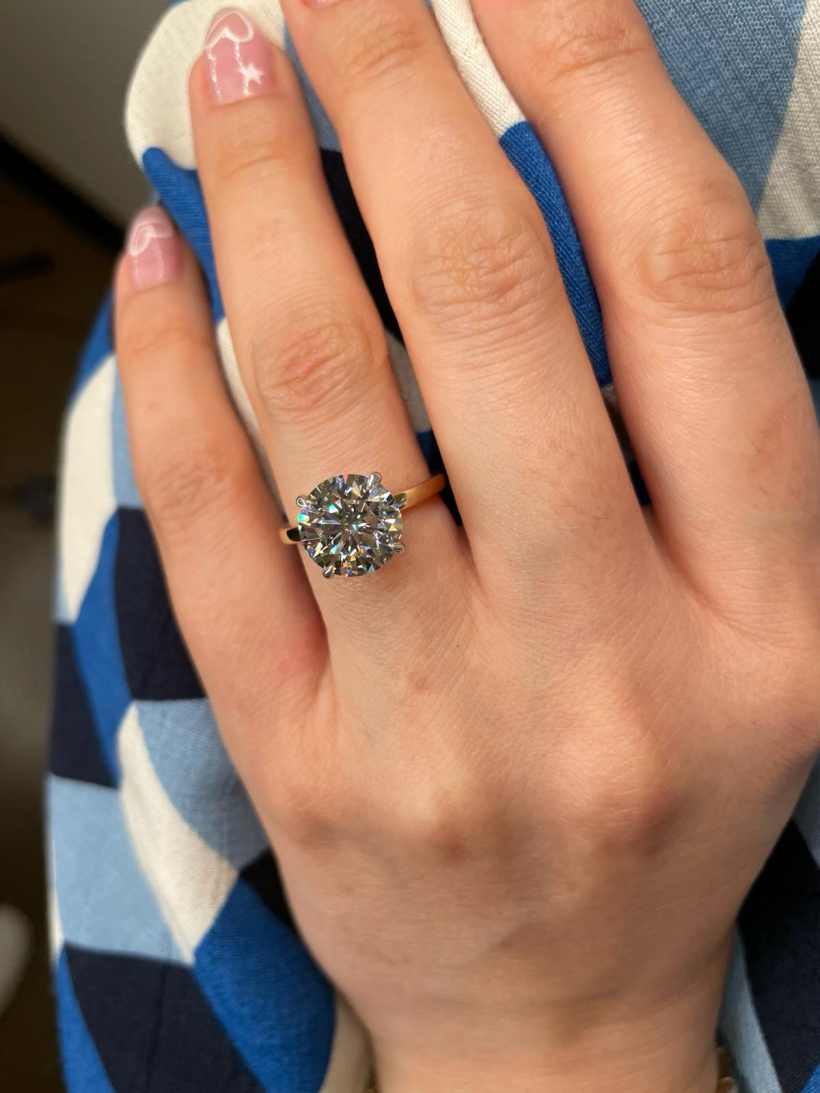Even though you may not consider yourself to be an “active” person, it’s hard to make it in today’s world without living an active lifestyle. Between working, taking care of the home, attending to loved ones, and maintaining a social life, you pretty much have to be active just to get everything done! If you also like to exercise, go on excursions in nature, or take part in sports, your life is even more active than most.
While living an active lifestyle is generally quite healthy and fulfilling, it can take a toll on your accessories. From lost earrings to broken necklaces, it’s easy for physical exertion to take away from some of your most prized possessions. And the same holds true for engagement rings.
We know that you don’t want to sacrifice your active lifestyle for your jewelry, but you also don’t want to lose or damage an item that holds so much meaning for you. If you live an active lifestyle, you’ll need to learn how to do it without putting your engagement rings at risk. In today’s guide, we’ll help you better understand how an active lifestyle can affect your engagement ring(s) and what factors can make your jewelry more or less likely to get damaged. So, let’s get started!
Can Diamonds Chip Or Break?
Diamonds are the hardest pure element known to humankind. They have to be cut using very strong saws or lasers. As a result, many people think that diamonds cannot chip or break. Unfortunately, this is not the case. While diamonds are extremely hard and tough, they can and do chip with regular usage.
But before we get into the mechanics of how a diamond can chip or break, it’s important to understand the different terminology used to describe how diamonds resist various types of damage and environmental pressure. There are three main terms that you’ll need to know:
- Hardness - A diamond’s ability to resist scratches.
- Toughness - A diamond’s ability to resist breaking or chipping.
- Stability - A diamond’s ability to resist chemical or thermal damage.
Diamonds have notoriously high hardness, and they are also very resistant to most chemicals. And while diamonds are tougher than most other materials, they are not invincible. In fact, if your diamond is going to experience any kind of damage at all, it’s most likely going to be related to breaking or chipping.
Each diamond has various areas where the carbon atoms are tightly bonded, as well as areas where they are loosely bonded. In places where the atoms are tightly bonded, chips or breaks are highly unlikely to occur. Alternatively, loosely bonded atoms cause weak points in a diamond, which exposes it to chipping or breakage. Typically, weak areas of a diamond will only break or chip as a result of a hard impact, such as accidentally hitting your ring against a table or counter. However, you may find that your ring has chips or broken areas even after relatively minor incidents; it all has to do with where and at what angle the diamond comes in contact with a hard surface.
There are other factors that can make diamond rings more or less susceptible to chips or breakage, and we’ll go into greater detail on these in the sections below.
Who Are Active Lifestyle Rings For?
As previously mentioned, “active” is a pretty subjective term that applies to a lot of people in modern society. However, when it comes to rings for specific lifestyles, it all has to do with what kinds of activities you do while wearing your ring. For example, you may run marathons and hit the gym every day, but if you always remember to take your ring off before engaging in physical activity, you probably don’t need an active lifestyle ring. On the other hand, if you do household chores while wearing a ring, you probably could benefit from an active lifestyle ring. Consequently, it’s important to evaluate what kinds of physical activities you do, and whether or not you wear your favorite ring while doing them.
This means that, if you often forget to remove your ring before doing certain activities or you spend more time than the average person exercising, working outdoors, you will at least want to consider an active lifestyle ring. Just living an active lifestyle does not guarantee that you’ll damage your ring, but it does increase the chances. Fortunately, a ring designed with more secure materials, settings, and diamond cuts can greatly reduce the risk of chips or breakage.
Ring Material
While chipping a diamond is probably your biggest concern, you also need to think about the durability of the metal that makes up the band and gemstone setting components of your ring. 24K gold or pure silver is very soft, and therefore not a good choice if you live an active lifestyle. These metals are far more likely to bend, warp, or even get noticeable scratches as a result of regular wear and tear.
Alternatively, platinum is among the strongest metals used for ring bands. It is extremely resistant to scratches and is unlikely to bend or warp, even if you have a very active lifestyle. Since platinum rings tend to be more expensive, you can get similar strength and durability at a lower price by choosing low-karat gold. For example, 10K or 14K gold is much stronger, as it has high levels of strong metals like copper or zinc.
Ring Setting
If you live an active lifestyle, your ring setting can make or break (literally) your ring. Typically, you’ll want to avoid settings that expose the diamond or gemstone too much. For example, if the crest of the diamond is far above the ring itself, it is more likely to get knocked out of its setting. Alternatively, if you choose a more secure bezel setting, or a setting with more prongs, you’re less likely to damage your ring during physical activity.
It’s also important to remember that diamonds can even be damaged through a prong. While a prong helps hold your diamond in place and provides some protection from surface abrasions, a hard impact on the prong could still cause a chip or breakage to the diamond. For this reason, a bezel setting that completely surrounds the bottom and sides of the diamond (and ideally remains flush with the top of the diamond) is usually best for an active lifestyle.
Diamond Cut
The diamond cut is surprisingly important when designing a ring for active people. Generally speaking, a diamond with fewer sharp points will be more secure. Moreover, certain diamond cuts are easier to protect with bezels and prongs. Princess Cut diamonds tend to be the least protected from chipping and breakage, as their corners are located near the cleavage plane, which is the most vulnerable area of a diamond. Alternatively, round cuts tend to be safer options for active lifestyles, as they have more subtle edges that are less likely to break with hard impacts.
We hope you enjoyed our guide to the best engagement rings for active lifestyles! Are you currently trying to buy or sell a used engagement ring? If so, be sure to contact HYSTR today!








